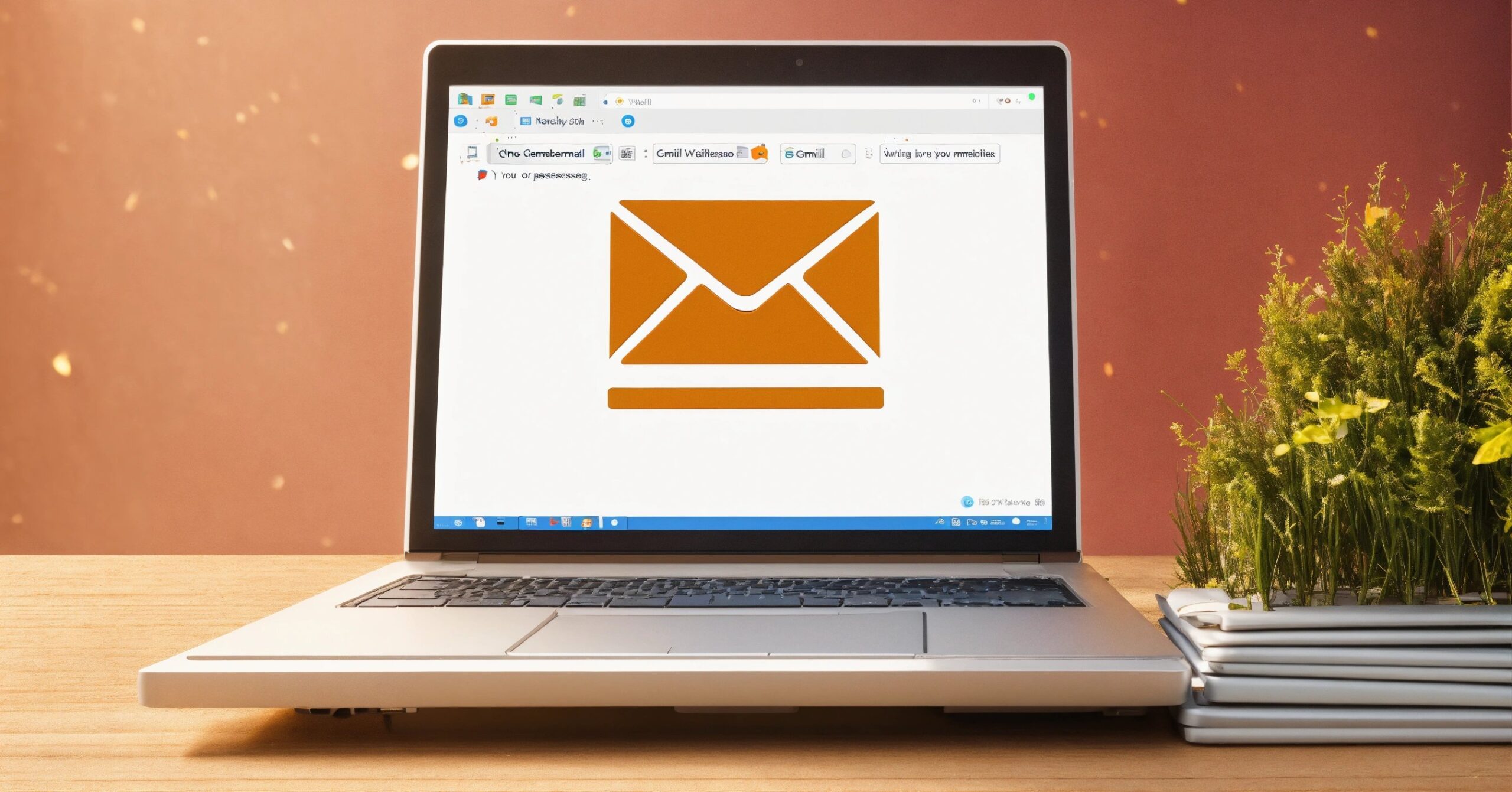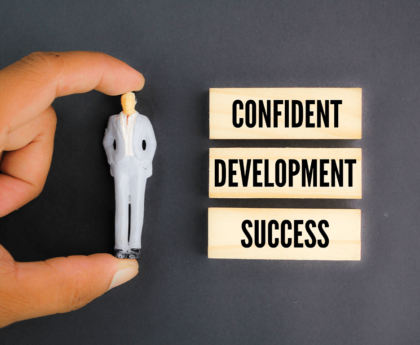In today’s digital age, email remains a cornerstone of communication in both professional and personal realms. Among the plethora of email services available, Gmail stands out as a leading platform, boasting over 1.5 billion active users worldwide. However, despite its widespread use, many individuals and organizations fail to fully harness the capabilities of Gmail. This comprehensive guide will delve into essential Gmail training, ensuring you maximize your productivity and efficiency.
Why Gmail Training is Essential
Gmail is more than just an email service; it’s a powerful tool that integrates seamlessly with other Google Workspace applications, providing a robust platform for communication, collaboration, and organization. Proper Gmail training can help users:
- Increase Efficiency: Learn shortcuts and features that save time and streamline workflow.
- Enhance Organization: Utilize labels, filters, and tabs to keep your inbox clutter-free.
- Improve Security: Understand security settings and best practices to protect sensitive information.
- Boost Productivity: Integrate with other tools and apps to enhance overall productivity.
Getting Started with Gmail
Creating a Gmail Account
The first step in Gmail training is creating an account. Here’s a simple guide:
- Visit Gmail’s Website.
- Click on “Create account”: Follow the prompts to enter your personal information.
- Set Up Recovery Options: Add a recovery email and phone number to secure your account.
- Customize Your Inbox: Choose your preferred layout and theme.
Navigating the Gmail Interface
Understanding the Gmail interface is crucial for effective use:
- Inbox: The main area where incoming emails are displayed.
- Sidebar: Contains links to other folders like Sent, Drafts, Spam, and Trash.
- Search Bar: Allows you to search for specific emails using keywords.
- Compose Button: Located on the left side, it’s used to create a new email.
- Settings Gear: Found in the upper-right corner, it provides access to various settings and customization options.
Gmail Training: Advanced Features and Tips
Mastering Gmail Shortcuts
Gmail offers a variety of keyboard shortcuts to speed up your workflow. Here are some essential ones:
- Compose New Email: Press “C” to open a new message window.
- Search Emails: Press “/” to jump to the search bar.
- Navigate Between Emails: Use “J” to go to the next email and “K” to go to the previous one.
- Archive an Email: Press “E” to archive the selected email.
To enable shortcuts:
- Go to Settings: Click on the gear icon and select “See all settings.”
- Navigate to the Advanced Tab: Scroll down and find the “Keyboard shortcuts” section.
- Enable Shortcuts: Toggle the feature on and save changes.
Organizing Your Inbox with Labels and Filters
Gmail’s labeling and filtering system is a powerful way to keep your inbox organized.
- Creating Labels: Labels are akin to folders but more versatile. To create a label, click on “More” in the sidebar, then “Create new label.” Name your label and apply it to relevant emails.
- Using Filters: Filters automatically sort incoming emails based on criteria you set. To create a filter, click on the down arrow in the search bar, enter your criteria, and click “Create filter.” Choose actions like applying a label, marking as read, or forwarding to another address.
Customizing Your Gmail Experience
Customization can enhance your Gmail experience, making it more efficient and visually appealing.
- Themes: Change the look of your inbox by going to Settings > Themes. Choose from a variety of pre-designed themes or upload your own image.
- Inbox Layout: Select from different inbox types like Default, Important first, Unread first, Starred first, and Priority Inbox. Each layout prioritizes emails differently, so choose one that best suits your workflow.
- Reading Pane: Enable a reading pane to preview emails without opening them fully. Go to Settings > See all settings > Inbox and enable “Reading pane.”
Integrating Gmail with Other Tools
Gmail’s integration capabilities can significantly boost productivity:
- Google Calendar: Automatically add events to your calendar from emails. Click on the calendar icon in the sidebar to view and manage your schedule.
- Google Keep: Use Google Keep for note-taking directly from your Gmail interface. Access it via the sidebar to create and manage notes.
- Google Drive: Save attachments directly to Google Drive. Hover over an attachment and click the Google Drive icon to save.
Security Best Practices
Security is paramount when using any email service. Here are some best practices for Gmail:
- Enable Two-Factor Authentication (2FA): Add an extra layer of security by enabling 2FA. Go to Settings > Accounts and Import > Other Google Account settings > Security and enable 2FA.
- Regularly Update Your Password: Change your password periodically and ensure it’s strong and unique.
- Beware of Phishing Emails: Be cautious of unsolicited emails asking for personal information. Gmail’s spam filter is robust, but always double-check before clicking links or downloading attachments.
Troubleshooting Common Issues
Even with comprehensive training, you might encounter some common issues. Here’s how to troubleshoot them:
- Email Not Sending: Check your internet connection and ensure the recipient’s email address is correct. If the problem persists, check Gmail’s status to ensure it’s not a widespread issue.
- Emails Going to Spam: Adjust your spam filter settings. Go to Settings > Filters and Blocked Addresses to manage your filters.
- Forgotten Password: Use the “Forgot password?” link on the login page and follow the prompts to reset it.
Frequently Asked Questions (FAQs) about Gmail Training:
1. Why should I undergo Gmail training?
Answer: Gmail training helps you maximize the potential of Gmail by teaching you how to efficiently manage your emails, utilize advanced features, integrate with other Google Workspace tools, and maintain strong security practices. This leads to increased productivity and better organization.
2. How can I enable keyboard shortcuts in Gmail?
Answer: To enable keyboard shortcuts, go to Settings by clicking on the gear icon in the upper-right corner. Select “See all settings,” then navigate to the “Advanced” tab. Find the “Keyboard shortcuts” section, enable it, and save your changes.
3. What are Gmail labels, and how do I use them?
Answer: Gmail labels are tags that you can apply to emails to categorize and organize them. To create a label, click on “More” in the sidebar, then “Create new label.” Name your label and apply it to relevant emails by selecting the emails, clicking on the label icon, and choosing your label.
4. How do I create filters to automatically sort my emails?
Answer: To create a filter, click on the down arrow in the search bar, enter your criteria (such as sender, subject, or keywords), and click “Create filter.” Choose actions like applying a label, marking as read, or forwarding to another address, then click “Create filter” again to finalize.
5. Can I customize the appearance of my Gmail inbox?
Answer: Yes, you can customize your Gmail inbox. Go to Settings > Themes to change the look of your inbox. You can choose from various pre-designed themes or upload your own image. Additionally, you can adjust your inbox layout by selecting from different types like Default, Important first, Unread first, Starred first, and Priority Inbox in the settings.
6. How do I integrate Gmail with Google Calendar?
Answer: You can integrate Gmail with Google Calendar by clicking on the calendar icon in the sidebar. This allows you to view and manage your schedule directly from Gmail. Additionally, you can automatically add events from emails to your calendar by clicking on the event information and selecting “Add to calendar.”
7. What should I do if my emails are going to spam?
Answer: If your emails are going to spam, you can adjust your spam filter settings. Go to Settings > Filters and Blocked Addresses to manage your filters. Ensure that emails from trusted senders are not marked as spam and review the criteria set for filtering emails.
8. How do I secure my Gmail account?
Answer: To secure your Gmail account, enable Two-Factor Authentication (2FA) by going to Settings > Accounts and Import > Other Google Account settings > Security and enabling 2FA. Regularly update your password, ensure it is strong and unique, and be cautious of phishing emails by verifying the sender and avoiding clicking on suspicious links or attachments.
9. What should I do if I forget my Gmail password?
Answer: If you forget your Gmail password, use the “Forgot password?” link on the login page. Follow the prompts to verify your identity and reset your password. Make sure to update your recovery options, such as an alternate email address and phone number, to make the process easier.
10. How can I archive emails in Gmail?
Answer: To archive emails, select the emails you want to archive by checking the boxes next to them. Then, click the archive icon, which looks like a box with a downward arrow, located above the email list. Archiving moves the emails out of your inbox but keeps them accessible in the “All Mail” folder.


